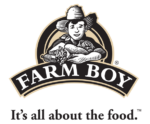Written by our fall chef collaborator, Camille Arcese @camicooks
It’s that time of year when Farm Boy stores are brimming with all sorts of beautiful, local squash and pumpkins – the perfect ingredient for cold-weather comfort foods. While they’re super tasty, versatile, and loaded with nutrition, it can be intimidating to know where to start if you’re new to cooking with them.
Here are my tips to get you started cooking with squash and pumpkin:
Sharpen Your Knife
Pumpkins and squash are hardy vegetables to work with, and sometimes they take a little elbow grease to break down. Your absolute best tool for the job is a sharp chef’s knife or clever because they minimize the amount of pressure you’ll have to apply while cutting.
Create a Flat Surface
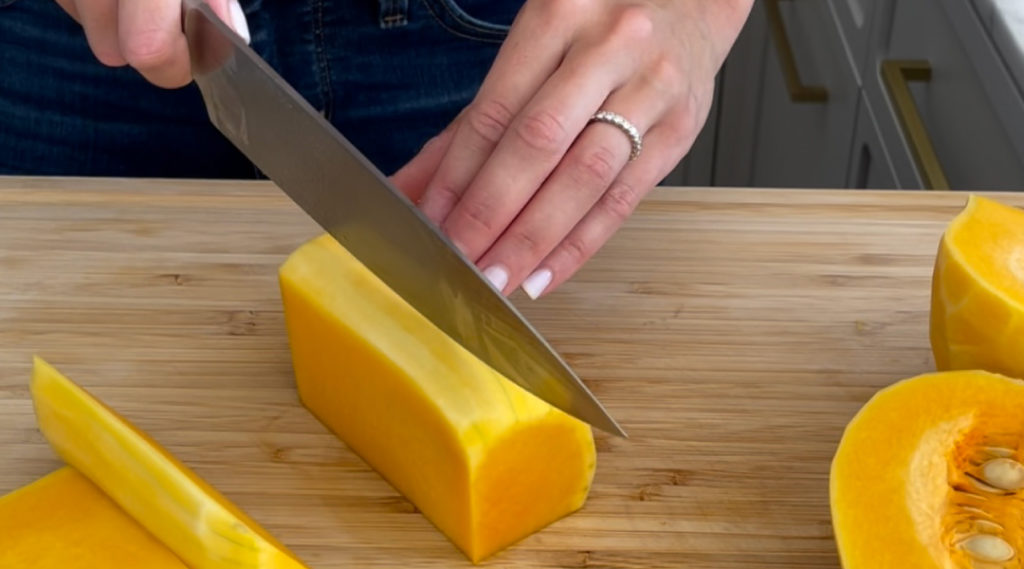
Your first move is to create a flat surface on the vegetable because pumpkins and squash are round and wobbly and it’s never a good idea to chase your food around a cutting board… (trust me).
Simply trim a little on one side of your vegetable so that it lays flat, cut the pumpkin/squash in half to make it more manageable, and you can safely slice and dice from there as you choose.
Remember to Roast Your Pumpkin Seeds
It’s always a good idea to make the most out of your grocery haul, and seasoned, roasted pumpkin seeds are basically a bonus snack you can have every time you buy a pumpkin!
Choose your favourite Farm Boy seasonings to add some flavour (sweet or savoury) and enjoy them on their own as a snack, or as a crunchy topping on things like salads, soups, risotto, cereal, etc.
Should You Peel Your Squash?
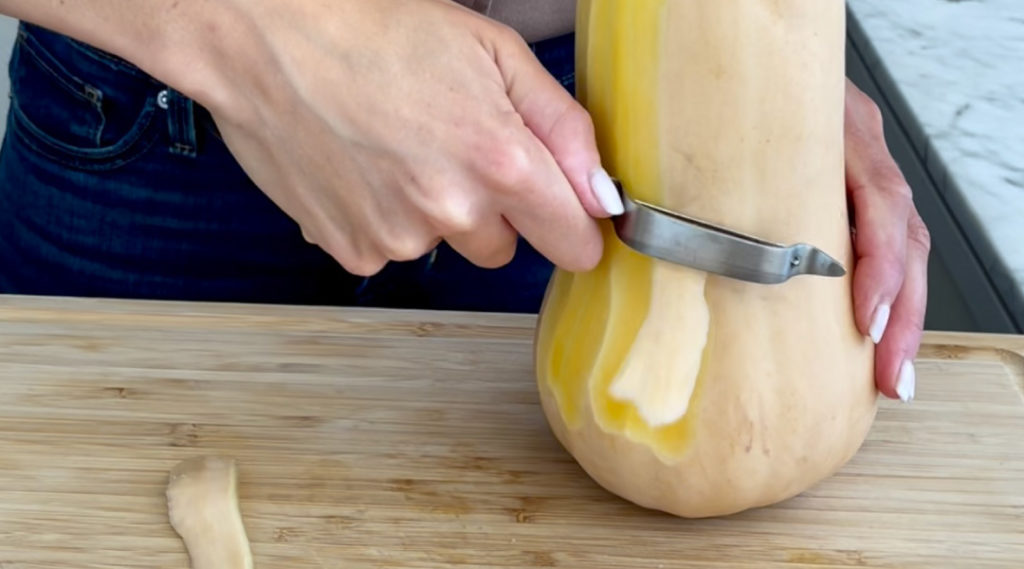
While some say that the skins of squash are generally edible in the beginning of harvest season, I find it best to stick to delicata and acorn squash skins for eating as they soften the most during cooking. Keep an eye out for acorn squashes that are coated with a thin layer of wax for preservation purposes. While technically edible, the taste may not be for you!
When it comes to peeling squash, a vegetable peeler works well on thin-skinned varieties like kabocha and butternut, while it’s best to roast others, like spaghetti squash, in their skins and scoop out the flesh from there.
How to Store Your Squash and Pumpkins
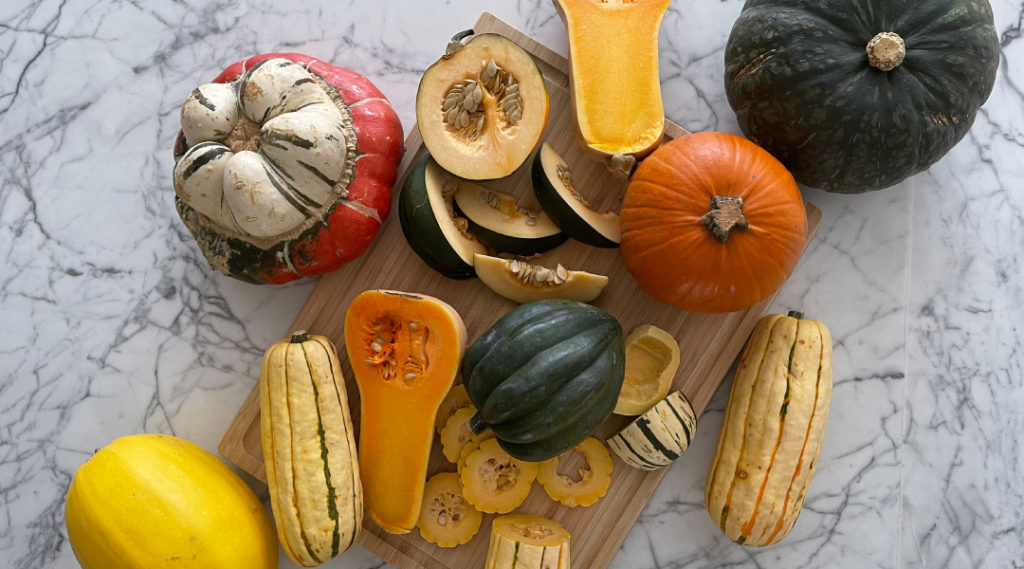
The great thing about winter squash and pumpkins is that they don’t need to be stored in the fridge unless you’ve cut into them. If you have a cellar, use that. Otherwise, any cool, dry, and dark place in your home will suffice and they should keep for at least a couple of months. If you’ve got leftover raw pieces to store, simply cover and refrigerate for a few days or wrap and freeze for several months.
3 Squash Recipes to Put These Lessons Into Practice
1. Tandoori Spiced Chicken or Tofu with Garlic Spaghetti Squash
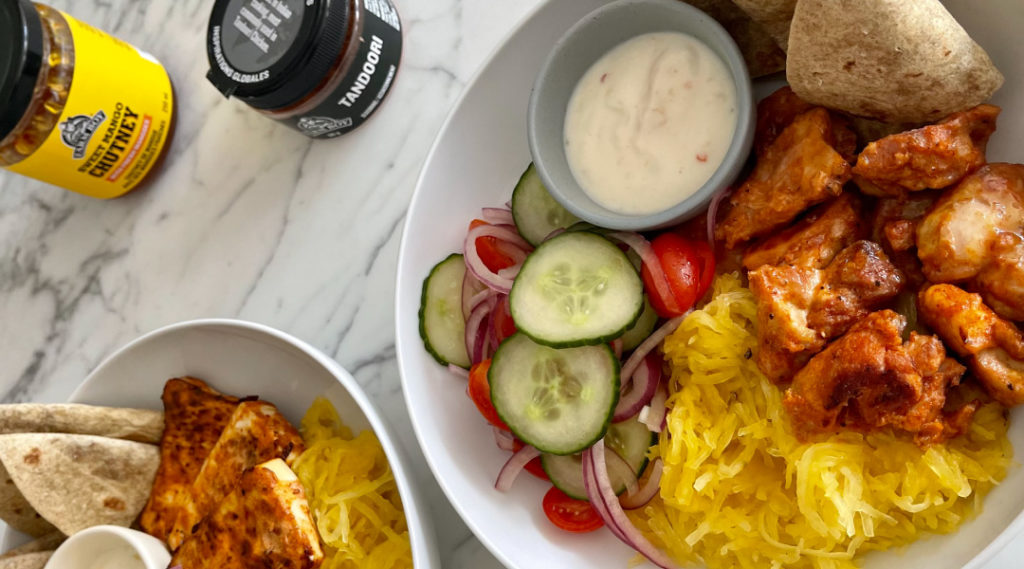
2. Roasted Acorn Squash and Kale Salad
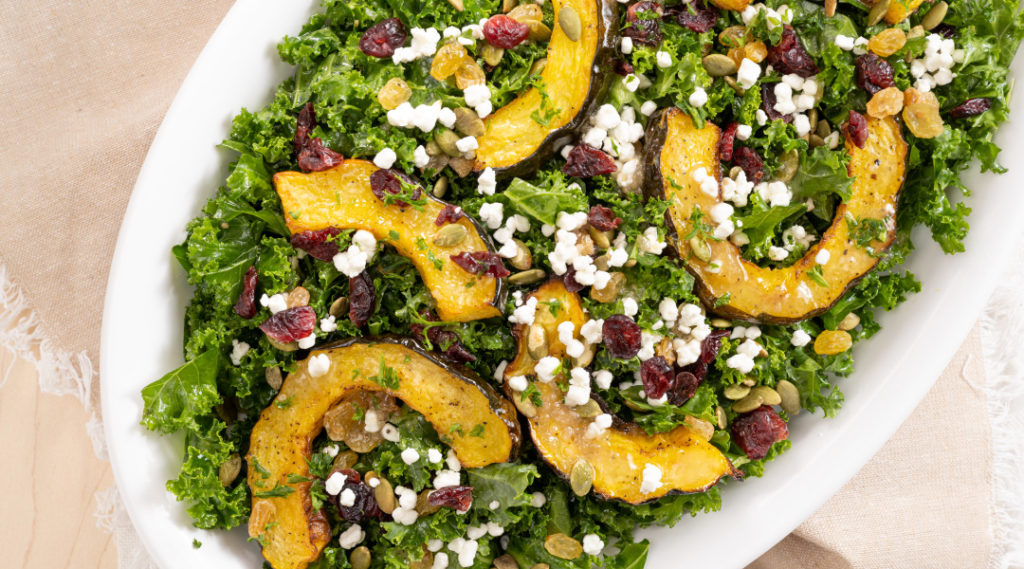
3. Orecchiette with Turkey Sausage, Butternut Squash and Kale
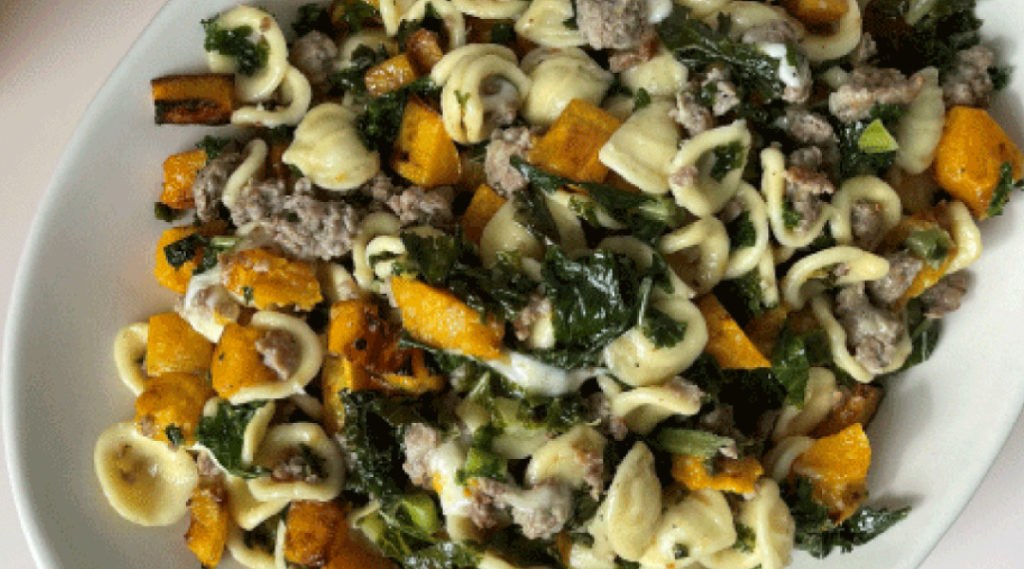
For more fall-inspired recipes, products and blog posts, visit our Falling for Harvest page!
